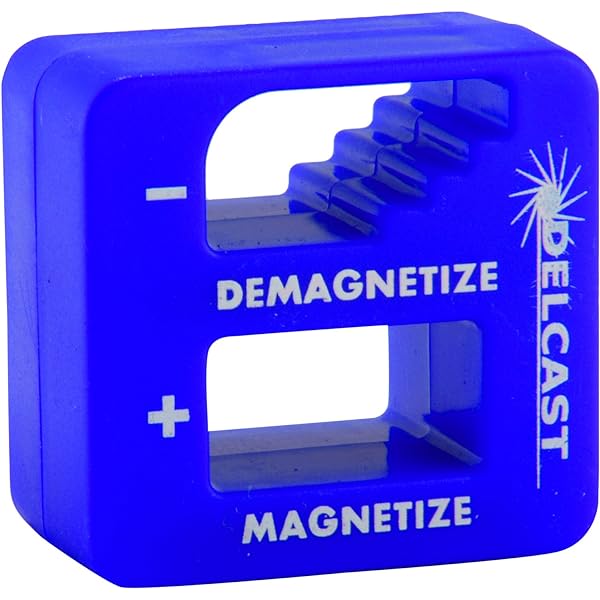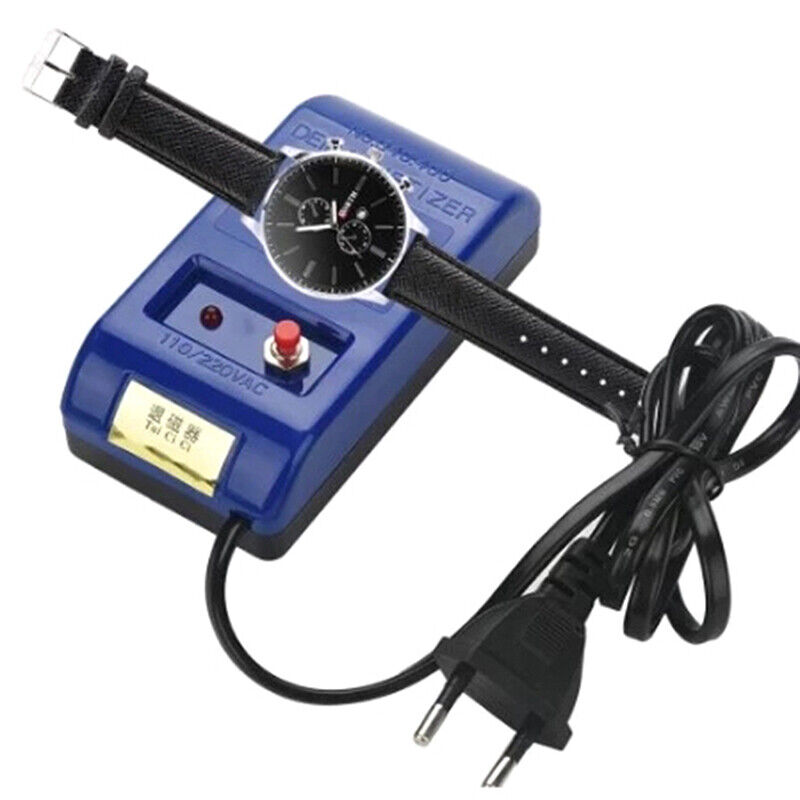I have refurbed a lot of reel to reels in my life, and there
is a simple test you can do to determine if a head is in need of a degauss. Just listen. If your favorite tape seems to be missing the highs or the highs sound muddy, you are badly in need of a degauss. If you want to go crazy you can make a test tape by recording a simple sine wave on a known good machine with (hopefully) better response than the suspect machine on 1/2 or 1/3 octave increments. Then play it back on the suspect machine. You should get a fairly accurate picture of the frequency response and it should be close to published specs of the suspect (accounting for variations from your source machine). There are a lot of other things that can affect frequency response, but this is the easiest fix and should be the first thing to check.
Poor man's degausser: Get a 12VAC or 24VAC relay. Remove the coil and pole piece. Replace the pole piece with a steel rod of similar diameter. You might have to glue it in place. Dip the rod in Pasti-dip a few times to add a good layer of protective goo so you won't damage the heads. Connect the coil to an AC wall wart of the same voltage as the coil. When the goo dries go degauss away; you should feel a slight pull when the degausser gets near anything ferromagnetic.
When I degauss, I degauss more than the heads; I go through the entire tape path, anywhere I know that tape touches steel. It might be unnecessary, but it costs nothing more than a minute of my time, so why not? (Maybe I am crazy, but when hand splicing tape, I degauss anything that touches the tape -- splice block, razor blade, scissors, whatever)
As others have stated, do not power up or power down your degausser anywhere near your tape machine or any tapes. It can put a permanent pop on your tapes and a very hard to eliminate flux in your tape heads. Three feet of separation is a minimum, more with powerful degaussers.
R-R manufacturers used to recommend a cleaning every 10 - 12 hours and degauss every 40 or so. We got away from that when cassette drives came along; I don't know why unless nobody cared; the frequency response on early units was so poor to begin with. I would guess that better than 80% of all tape macnine repairs I have pulled off consisted of cleaning and degaussing.
Follow
@MidnightArrakis advice above and you won't go wrong. The Ampex degausser is overkill, but it is an excellent degausser if you can get one.











